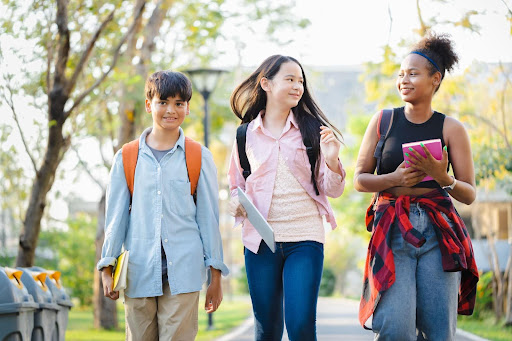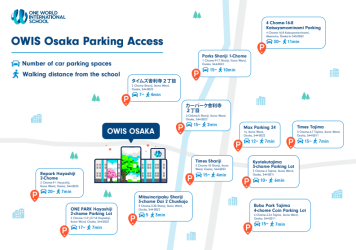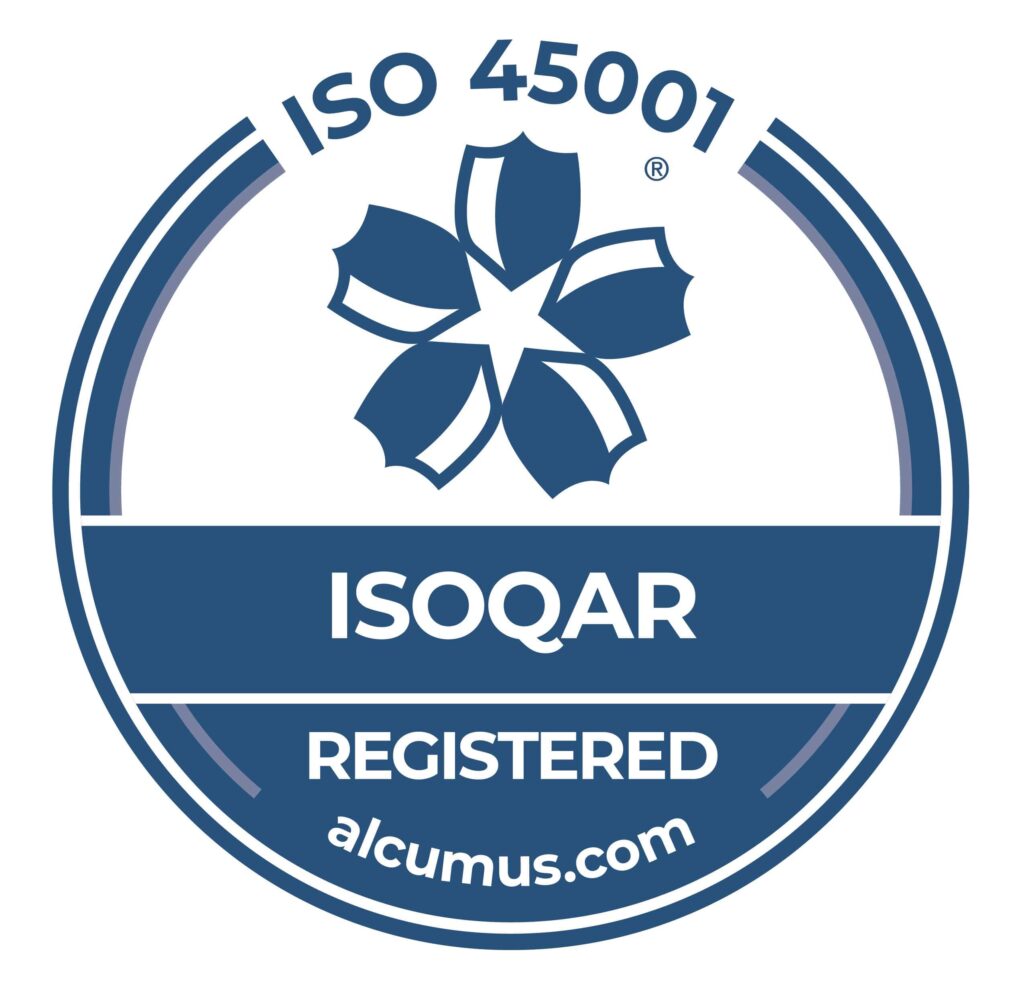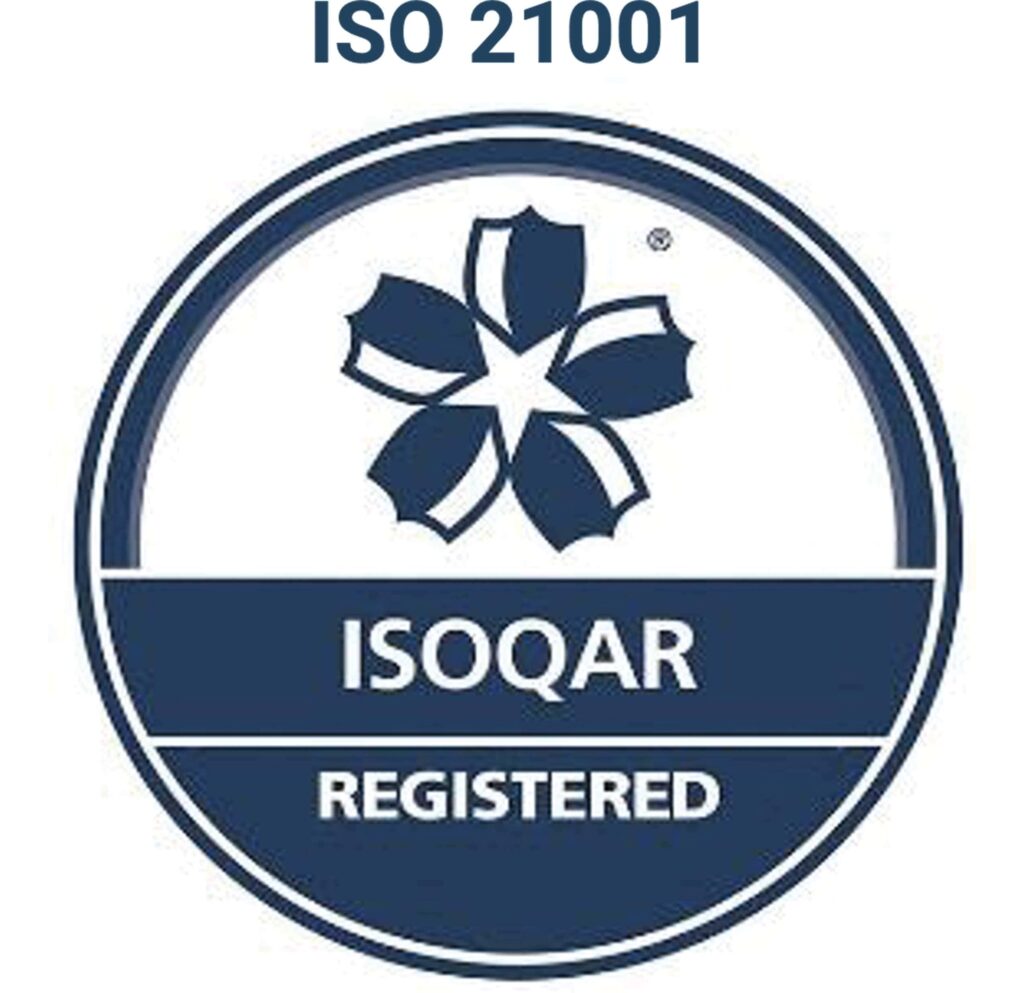However, in recent years there has been a gradual cultural transformation due to globalization. While Japan remains primarily homogeneous, in 2020 foreign nationals,(excluding short-term visitors), made up only 2.2% of the population. The number is expected to gradually increase to 10% over the next few decades. The shift poses a modern challenge: How can the intrinsic value of diversity be acknowledged and embraced within a homogeneous society?
For Japan to have a dynamic and inclusive society, it is important to balance the preservation of cultural identity while embracing diversity. Despite relatively low diversity, ongoing efforts address issues like language barriers and social integration.
In education, where cultural backgrounds are shared, this becomes even more of a challenge.
International schools play a key role, offering direct exposure to cultural diversity. Educators, as agents of change, create an environment where diversity is actively celebrated. This is a crucial step not only for the country’s evolution but also for students to thrive in a globally interconnected world. Explore how international schools in Japan navigate multicultural education in classrooms and create an inclusive learning space.
What is Multicultural Education?
Multicultural Education is a comprehensive approach that aims to provide an educational experience that promotes diversity, multicultural awareness and inclusion. Its primary goal is to help students understand and value both differences and commonalities among various ethnic, racial, and socioeconomic groups, while also acknowledging their achievements.
This educational framework celebrates the richness of cultural diversity and creates a fair and inclusive learning environment. It encourages critical thinking, confronts discrimination, and encourages empathy. Students are presented with different perspectives on cultural and historical events, exposing them to a wide range of cultural views.
Dimensions of Multiculturalism
The main goal of multicultural education is to help students understand and appreciate cultural differences and similarities. Students also learn about the achievements and contributions of diverse ethnic, racial, and socioeconomic groups.
In the classroom, diversity takes on various forms that educators should recognize before integrating multiculturalism. Diversity includes factors such as race, ethnicity, religion, language, sexual orientation, gender identity, and socioeconomic status. These aspects play a significant role in shaping students’ experiences in society. They influence how they perceive themselves and others during classroom interactions.
There are various strategies that educators (teachers, administrators, school principals, and coaches) use to implement diversity in schools. The goal is to always cultivate multicultural awareness, strengthen each student’s sense of identity, and promote inclusivity.
Some of these strategies include:
- content integration
- teaching methods
- the knowledge construction process
- prejudice reduction
- equity pedagogy
- creating an empowering school culture and social structure.
How to Incorporate Multiculturalism and Promote Diversity in Classrooms?
Modifying Curriculum Content
One method of promoting diversity in the classroom is through modifying curriculum content. This involves integrating concepts, values, and materials from various cultures into their lesson plans. There are various ways that teachers will do this. The method will depend on the cultures represented in the classroom and the course being taught.
For example, Japanese social science classes might explore the history and culture of countries beyond Japan. This would give students a holistic understanding of the world and create a more inclusive learning environment. It is essential to deliver these lessons respectfully, avoiding stereotypes.
Teachers also enhance learning by inviting diverse speakers with a wide range of viewpoints. This enriches students’ learning experiences and provides real-life context for the subjects being discussed. Regardless of the topic, educators should consistently connect lessons to real-world issues. This will enhance students’ multicultural awareness with tangible, relatable examples from their daily lives.
Adapting Teaching Methods
In multicultural classrooms, educators promote diversity by adjusting their teaching methods. The goal is to enhance academic performance while acknowledging and respecting cultural differences. This means understanding each student’s unique cultural background, learning styles, and communication preferences. For example, students learning English receive additional support to help with their comprehension of course materials.
To deepen cultural understanding, many international school curriculums move away from traditional lecture-style teaching. Instead, they promote interactive and exploratory learning. This approach encourages students to delve into and appreciate their own cultural backgrounds. This creates a stronger sense of personal identity and a genuine appreciation for the diversity that is within the classroom.
Crafting an Inclusive Classroom Environment
In today’s multicultural classrooms, especially in International schools, creating an inclusive atmosphere is important in ensuring that every student feels welcomed. Educators employ various strategies to achieve this goal.
A foundational step involves acknowledging and respecting each student. By doing so, teachers actively encourage students to embrace and appreciate not only their own diverse backgrounds but also those of their fellow classmates.
Another approach involves developing a personal understanding of each student. Educators learn about their culture, interests, and personalities. This genuine interest establishes trust, nurtures connections, and instills a sense of genuine worth. When students feel at ease with their teachers, they are more likely to engage with other educators and peers. This promotes a strong sense of inclusion.
Continuous communication throughout the school year is equally important. This enables students to openly discuss their classroom experiences, allowing teachers to gauge their feelings of inclusion. The feedback can then be used to identify and address any issues, ensuring a dynamic and inclusive learning environment.
Practice Cultural Sensitivity
Cultural sensitivity is important in multicultural education. It reduces student prejudices related to race and ethnicity. It also encourages tolerance for different backgrounds. Teachers play a crucial role in creating inclusive classrooms that respect everyone’s culture, beliefs, and language.
To enhance cultural appreciation, educators go beyond the traditional classroom setting. They seamlessly integrate cultural elements into extracurricular activities such as field trips, guest speakers, events, and learning projects. These experiences serve to deepen students’ understanding of a variety of cultures.
Equity-Focused Instruction
Educators are dedicated to providing instruction that is focused on equity. This approach is designed to address systemic inequalities and offer support to students who may face barriers due to their cultural background or other differences. The ultimate goal is to establish a fair and equal learning foundation for all students, regardless of their background.
Teachers aim to adapt their instructional methods to accommodate the cultural differences among their students, with a primary focus on promoting academic achievement. Schools must also proactively identify and address elements within the education system that may impede the learning process.
The ultimate goal is to empower families and students from all backgrounds to ensure the full development of every student. By removing barriers and promoting student empowerment, educators pave the way for a more inclusive and equitable learning environment, where every student can thrive and reach their full potential.
Student Empowerment and Flexibility in Learning
Empowering students is a fundamental aspect of effective education, contributing to the creation of a more inclusive and enriching learning environment. While traditional curriculums often adopt a strict and authoritative approach to classroom management, it is essential to provide students with freedom and flexibility.
Recognizing that some of the most valuable lessons are learned through a student’s own experiences, it is important to empower students to explore the curriculum in their own way. This approach establishes a stronger connection between students and the subject matter. Multicultural curriculums allow students to research, read, and present materials tied to curriculum lessons. This allows them to approach topics from their unique perspectives.
Teachers become facilitators, encouraging open conversations and healthy debates, with varied opinions. This educational approach gives students the knowledge, skills, and confidence to navigate a culturally diverse world with different viewpoints.
Collaborative Learning Environment
Promoting collaboration in multicultural classrooms is beneficial, as it teaches students to work effectively in diverse groups. Group assignments serve as a platform for students to be exposed to different perspectives. This thereby prepares them for a multicultural world.
These experiences not only prepare students for real-world situations but also enhance multicultural awareness and create a strong sense of belonging.
Benefits of Diversity and Multicultural in Education
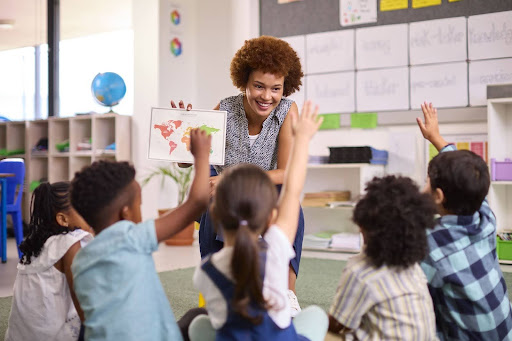
Development of Critical Thinking Skills
Multicultural education exposes students to diverse cultural backgrounds and experiences both within and outside the classroom.
This allows students to have a deeper understanding of other cultures and perspectives. Students are encouraged to question assumptions, consider different points of view, and analyze situations, which are vital components of critical thinking and problem-solving.
Cultivating Collaborative Skills
Multicultural education plays an important role in instilling global awareness in students. It equips them with the ability to interact effectively with individuals from different cultural backgrounds. It also helps them to appreciate different cultures.
Students are better prepared for situations that will require collaboration. It also helps them to understand and respect differences in the real world. This skill is valuable for further education and careers that require interaction with colleagues, clients, or partners from diverse backgrounds.
Multicultural Education in Japan
The concept of multicultural coexistence (tabunka kyosei) fosters understanding among various cultural groups, driving the ongoing evolution of multicultural education in Japan. This evolution introduces distinct practices and challenges to foster a more inclusive educational environment. The Japanese Ministry of Education calls this the “education required in the new era”.
For families with a global perspective, cultural diversity in schools provides exposure to multiculturalism and enhances international mobility.
Multicultural and Global Awareness
Multicultural education encourages students to learn about and appreciate the experiences and challenges faced by individuals from different cultural backgrounds.
This firsthand exposure to diverse narratives and perspectives helps students develop empathy, as they can relate to the experiences of others.
Students are more likely to become understanding, compassionate individuals, which contributes to a harmonious and inclusive society where differences are celebrated rather than discriminated against.
The Central Role of International Schools in Fostering Multicultural Education
“An education in a multicultural environment is arguably one of the most important kinds of education a person can receive. The ability to perceive the world from different perspectives, and understand and empathize with people who hold different values and beliefs is, undoubtedly, a foundational, part of a peaceful, engaged, and prosperous society.” One World International School Osaka, Principal Greg Culos

International schools naturally embrace multicultural education as a foundational principle. They offer students a unique environment to engage with individuals from various cultural backgrounds. This exposes them to diverse ethnicities, religions, and perspectives.
They also equip students with vital skills like adaptability, critical thinking, teamwork, and problem-solving. This holistic approach not only prepares students for an increasingly interconnected world but also nurtures them to become informed global citizens. It provides a well-rounded education that empowers them to actively engage in global affairs.
International school curriculums are well-known for multiculturalism and their diverse educational methods. Emphasizing inclusivity, cultural appreciation, and vital transferable skills, these schools prepare students for success in a global landscape. This makes them an ideal choice for foreign nationals and internationally-minded parents.
Conclusion
In conclusion, multicultural education is important for preparing students for an interconnected world by promoting diversity, multicultural awareness, and inclusivity. This is especially important in Japan as it undergoes a significant multicultural shift.
This educational approach develops critical thinking skills, teamwork, and global awareness while nurturing empathy. It does this by modifying curriculum content, adapting teaching methods, and fostering an inclusive classroom environment.
International schools in Japan, with their diverse curriculums and commitment to inclusivity and cultural appreciation, play a central role in advancing multicultural education. They offer both foreign and Japanese students the unique opportunity to explore various cultures and perspectives, preparing them to thrive in an ever-diversifying world.
